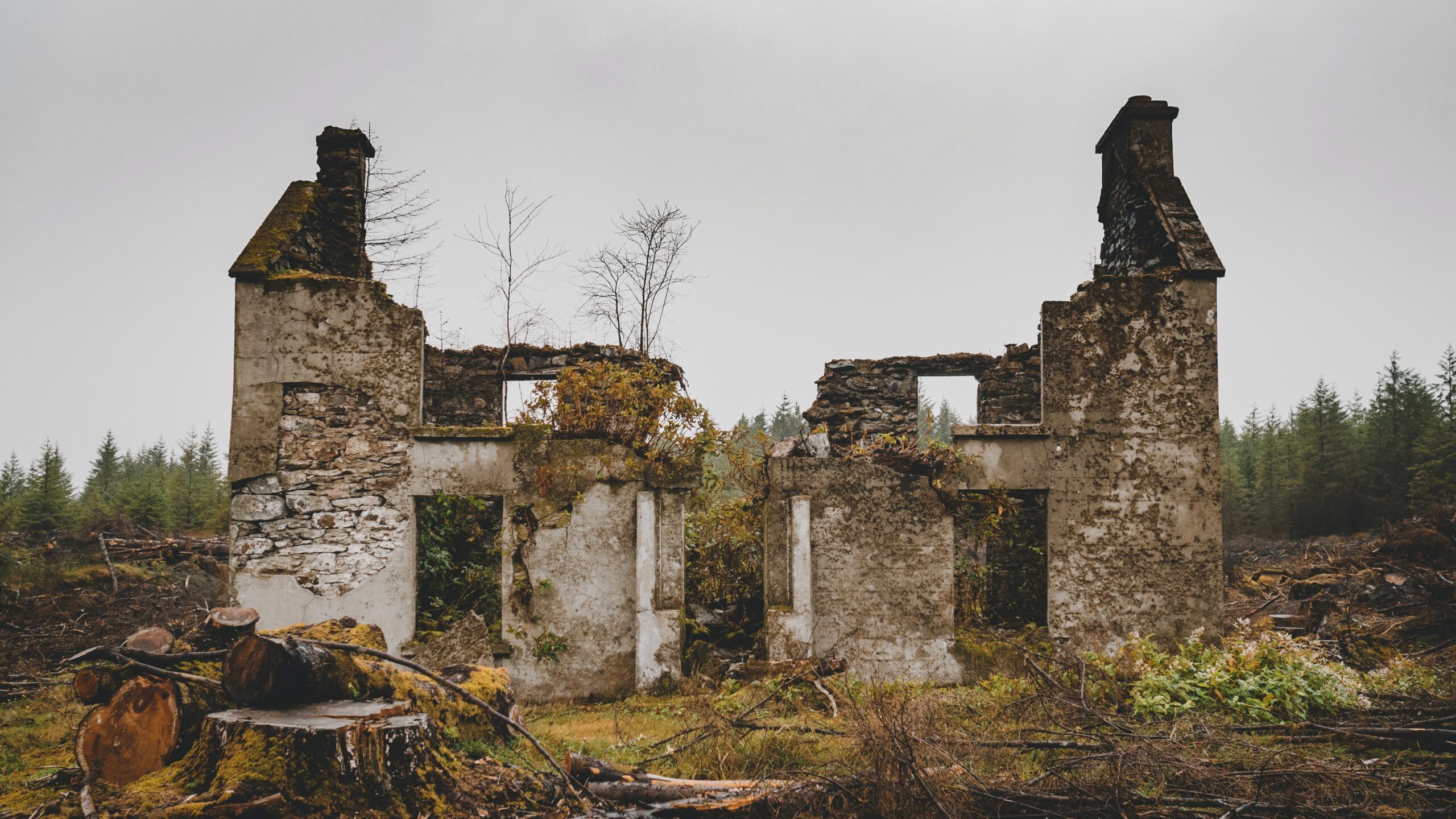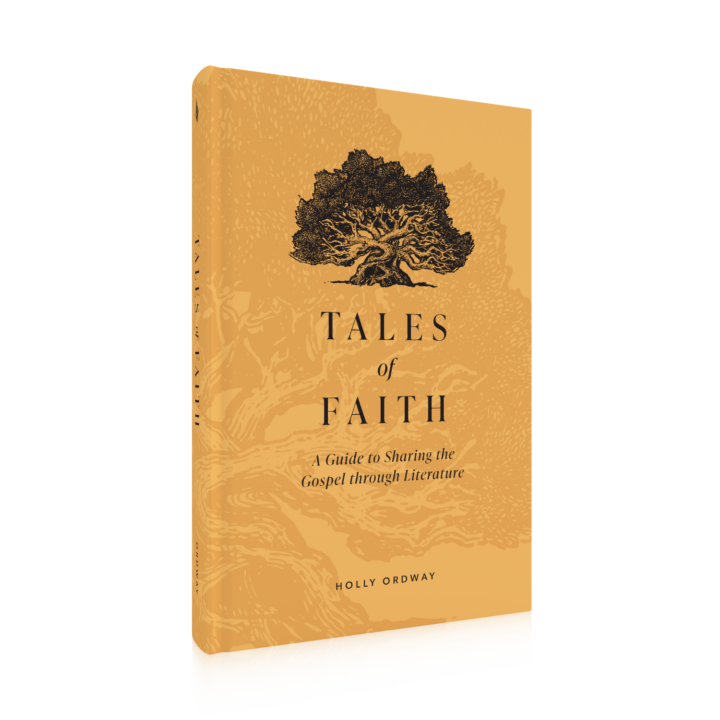As the liturgical year shifts into the penitential season of Lent, we are encouraged to choose small acts of self-denial that help us strengthen our spiritual muscles, and to take on practices that will deepen our faith, such as spiritual reading. In a previous article, I wrote about the challenges of reading great literature, and encouraged readers to start small: “If your attention needs some building-up, that’s perfectly OK! Start with short pieces and practice scaffolding to sustain your attention. Sit down and read a poem—just one poem!” Why not start right now?
One of the things that I’ve aimed to do in my book Tales of Faith is to serve as a guide for this kind of spiritual reading. So, on that note, I’d like to invite you to travel back in time with me and reflect on a small but potent literary treasure: the Old English poem “The Ruin.” This poem comes from the Exeter Book, a tenth-century manuscript—one of only four surviving collections of Old English poetry. It is part of the literary genre called the elegy: lyric poems that express sadness for what has been lost—both cultural and personal.
“The Ruin”
Wondrous is this masonry, broken by the Fates;
the fortifications have given way, the buildings raised by giants are crumbling.
The roofs have collapsed, the towers are in ruins,
The gates are broken, there is hoarfrost on the mortar,
The walls are rent and broken away, and have fallen,
undermined by age. The owners and builders are perished and gone,
held fast in the earth’s embrace, the ruthless clutch of the grave,
while a hundred generations of mankind have passed away.
Red of hue and hoary with lichen, this wall has outlasted kingdom after kingdom,
remained standing under storms. The lofty arch has fallen. . . .Resolute in spirit he marvellously clamped the foundation of the walls with wire ties.
There were splendid palaces, and many halls with water flowing through them;
a wealth of gables towered aloft. Loud was the clamour of the troops;
many were the mead-halls, full of the joys of life,
until all was shattered by mighty Fate.
The dead lay on all sides. Days of pestilence had come,
and all the warriors were carried off by death.
Their defences became waste places, their fortifications crumbled;
the troops who should have repaired them lay dead on the earth.
And so these courts lie desolate, and the framework of the dome
with its red arches sheds its tiles. . . .
where of old many a warrior, joyous hearted and radiant with gold,
shone resplendent in the harness of battle, proud and flushed with wine.
He gazed upon the treasure, the silver, the precious stones,
upon wealth, riches and pearls, upon this splendid citadel of a broad domain.
There stood courts of stone, and a stream gushed forth in rippling floods of hot water.
The wall enfolded within its bright bosom the whole place
which contained the hot flood of the baths. That was convenient.
Then they let pour hot streams over gray stone. . . .
In “The Ruin,” the poet reflects on a civilizational decline: composing this poem in around the eighth century, the poet would have been well aware of the decline from the high point of Roman Britain. From Hadrian’s Wall to the Roman roads, from the ruins of aqueducts and public baths to fragments of mosaics depicting exotic foods, the relics of a more cultured and technologically adept past were literal features of the landscape.
We can imagine our poet wandering through the ruins of a Roman villa, reflecting not just on the melancholy state of the buildings but on the more subtle and devastating loss of knowledge represented by those crumbling hypocausts and broken water pipes. The handiwork of past generations represented technological skill beyond anyone in the present day. The poet paints a vivid picture of an impressive building fallen to pieces, inviting us to reflect on the process of decay and death, and to appreciate the tragedy of a shattered past that cannot readily be rebuilt or recovered. The poem itself bears witness to the ravages of time: the ellipses in the poem do not represent sections that I’ve omitted (as is the usual case with ellipses) but rather, where the manuscript is too damaged for the line to be read.
The medieval Christian way of viewing the world was as an integrated whole, in which everything had meaning. To the credit side of the modern day, we have gained much knowledge over the last few centuries, and the Church has continued to unfold the meaning of the deposit of faith, giving us a fuller understanding of doctrine. But we have also lost some of the wisdom that our medieval brothers and sisters had; their faith was, at its best, more fully integrated into their lives, and more fully incarnational in its practice, than our own tends to be in the twenty-first century. There is much that we can learn from them.
Without indulging in excesses of melancholy (the Old English poets were anything but sentimental), “The Ruin” invites us to look squarely at loss and decay, and to face the transience of human endeavor. The poem is a subtle expression of a Christian form of meditation that has slipped out of fashion in the modern era: the memento mori, the reminder of our death. A worthwhile Lenten discipline, indeed.
This article has been adapted from Tales of Faith: A Guide to Sharing the Gospel through Literature by Holly Ordway.

